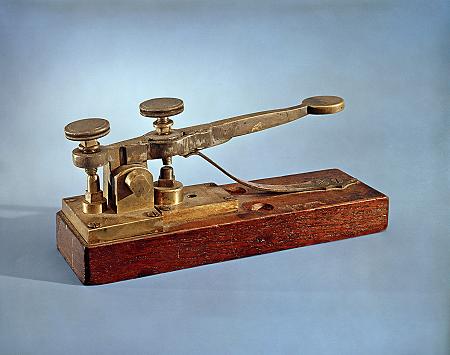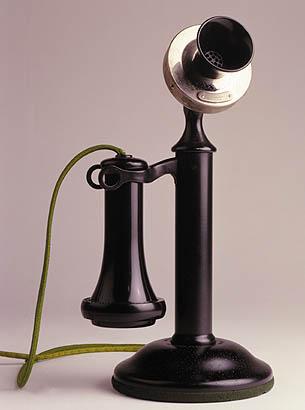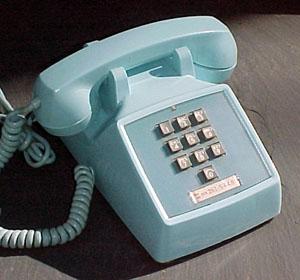Patently Innovative China
China long ago became a manufacturing superpower. However, its earlier-industrialized competitors have consoled themselves that China is merely a copycat of others' innovation. The government of China is not content with such a role. Even though the evidence that patents best spur innovation is far from conclusive, the Sunday New York Times today (January 2, 2011) reports that patents are a central pillar in the official Chinese strategy to foster a culture of home-grown invention.
The article, "When Innovation, Too, Is Made in China," references a document entitled "National Patent Development Strategy (2011-2020)," recently published by the State Intellectual Property Office of China ("SIPO"), and suggests that China plans to double its complement of patent examiners and to increase its utility patent filings to an impressive 1,000,000 by 2015. By contrast, the United States Patent and Trademark Office ("USPTO") employed 6,413 utility, plant, and reissue patent examiners in the fourth quarter of 2009, and, during the whole of 2009, received 456,106 utility patent applications, of which 49.3% had a U.S. resident as first-listed inventor. As the article also notes, to increase patent filings by its own residents, "China has introduced an array of incentives [including] cash bonuses, better housing for individual filers and tax breaks for companies that are prolific patent producers."
China may find, as other countries have before, that the connections between patents and innovation remain less than fully elucidated. As Eric von Hippel has persuasively demonstrated, much innovation is either open (that is, non-proprietary), generated by users rather than producers, or both. James Besson and Michael Meurer have shown that the relative costs and benefits of patents differ between fields, and the costs may sometimes outweigh the benefits. And, the results of experiments (for example, see the article "Patents and the Regress of Useful Arts," published in the Columbia Science and Technology Law Review (2009)) by Profs. Bill Tomlinson and Andrew W. Torrance (author of LEXVIVO) using a variety of simplified computer-based simulations of patent systems have found relatively greater rates of innovation in systems lacking patent protection (for more, see the August 16, 2010, Google Tech Talk "The Patent Game: Experiments in the Cathedral of Law").
Patent law, patent economics, and the innovation process are all exceedingly complicated. Even an otherwise fascinating New York Times article stumbles on specifics, stating that, unlike China, "[i]n the American system, there are no utility patents," despite the fact the United States patent system does, indeed, offer utility patents; where China does differ is in offering petty patents ("utility model" protection) for minor incremental innovations. Better public understanding of the specifics of patent systems would help improve policy debates about innovation. More fundamentally, much additional research will be required to determine the conditions under which patent systems best spur innovation. By setting an aggressive set of patenting goals, China is clearly signaling its intentions to become a patent superpower. However, achieving the status of innovation superpower may require more than patents alone.
More idealaw at LEXVIVO.
The article, "When Innovation, Too, Is Made in China," references a document entitled "National Patent Development Strategy (2011-2020)," recently published by the State Intellectual Property Office of China ("SIPO"), and suggests that China plans to double its complement of patent examiners and to increase its utility patent filings to an impressive 1,000,000 by 2015. By contrast, the United States Patent and Trademark Office ("USPTO") employed 6,413 utility, plant, and reissue patent examiners in the fourth quarter of 2009, and, during the whole of 2009, received 456,106 utility patent applications, of which 49.3% had a U.S. resident as first-listed inventor. As the article also notes, to increase patent filings by its own residents, "China has introduced an array of incentives [including] cash bonuses, better housing for individual filers and tax breaks for companies that are prolific patent producers."
China may find, as other countries have before, that the connections between patents and innovation remain less than fully elucidated. As Eric von Hippel has persuasively demonstrated, much innovation is either open (that is, non-proprietary), generated by users rather than producers, or both. James Besson and Michael Meurer have shown that the relative costs and benefits of patents differ between fields, and the costs may sometimes outweigh the benefits. And, the results of experiments (for example, see the article "Patents and the Regress of Useful Arts," published in the Columbia Science and Technology Law Review (2009)) by Profs. Bill Tomlinson and Andrew W. Torrance (author of LEXVIVO) using a variety of simplified computer-based simulations of patent systems have found relatively greater rates of innovation in systems lacking patent protection (for more, see the August 16, 2010, Google Tech Talk "The Patent Game: Experiments in the Cathedral of Law").
Patent law, patent economics, and the innovation process are all exceedingly complicated. Even an otherwise fascinating New York Times article stumbles on specifics, stating that, unlike China, "[i]n the American system, there are no utility patents," despite the fact the United States patent system does, indeed, offer utility patents; where China does differ is in offering petty patents ("utility model" protection) for minor incremental innovations. Better public understanding of the specifics of patent systems would help improve policy debates about innovation. More fundamentally, much additional research will be required to determine the conditions under which patent systems best spur innovation. By setting an aggressive set of patenting goals, China is clearly signaling its intentions to become a patent superpower. However, achieving the status of innovation superpower may require more than patents alone.
More idealaw at LEXVIVO.











0 Comments:
Post a Comment
<< Home